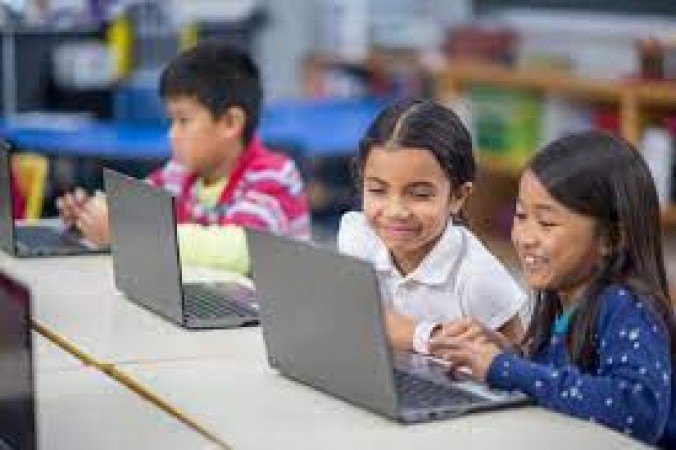
In today's fast-paced world, where digital devices and technology are ubiquitous, children are growing up with unprecedented access to games and digital content. While some may view games as mere sources of entertainment, there is a growing body of evidence suggesting that certain games can have a positive impact on children's education and development. This article explores the relationship between games and education for children, highlighting their potential benefits and discussing the role of parents and educators in harnessing this power.
The Benefits of Educational Games (H2)
1. Enhanced Cognitive Skills (H3)
Educational games often require problem-solving, critical thinking, and strategic decision-making. As children engage in these activities, they develop and enhance their cognitive skills. These games challenge their minds and promote learning in an interactive and enjoyable way.
2. Improved Creativity and Imagination (H3)
Certain games encourage children to explore their creative side and use their imagination to solve puzzles or create virtual worlds. By doing so, they can unleash their creativity and develop innovative thinking skills.
3. Motivation for Learning (H3)
When learning is gamified, children tend to be more motivated to participate actively in educational activities. Games offer rewards and a sense of achievement, making the learning process exciting and enjoyable.
Incorporating Games into Education (H2)
4. Gamification in the Classroom (H3)
Educators can embrace gamification techniques in their teaching methods to make lessons more engaging and interactive. By integrating educational games into the curriculum, students are more likely to retain information and develop a deeper understanding of the subjects.
5. Educational Apps and Platforms (H3)
With the rise of educational apps and online platforms, learning has become more accessible and personalized. These tools allow children to engage with educational content in a way that suits their learning styles and preferences.
Balancing Screen Time and Physical Activity (H2)
6. Setting Appropriate Limits (H3)
While games can be beneficial, it's crucial to set reasonable limits on screen time to ensure children have a balanced lifestyle. Parents and educators should collaborate to establish guidelines that prioritize physical activity and other essential aspects of a child's development.
7. Combining Games with Real-Life Activities (H3)
To make the most of educational games, parents can encourage their children to apply what they learn from games in real-life situations. This can reinforce knowledge and skills acquired through gameplay.
Choosing the Right Educational Games (H2)
8. Age-Appropriate Content (H3)
Not all games are suitable for every age group. It's vital to select games that align with a child's age, interests, and educational needs to ensure the most effective learning experience.
9. Aligning with Educational Objectives (H3)
When choosing educational games, parents and educators should consider how the game's content relates to specific educational objectives. Selecting games that align with the curriculum can enhance the learning process.
10. Reading Reviews and Recommendations (H3)
Before introducing a new educational game, parents and educators can read reviews and seek recommendations from other users. This can provide valuable insights into the game's effectiveness and suitability for children.
The Role of Parents and Educators (H2)
11. Active Involvement (H3)
Parents and educators play a crucial role in guiding children's game choices and ensuring they strike the right balance between education and entertainment.
12. Encouraging Open Communication (H3)
Open communication between parents, educators, and children fosters a deeper understanding of the benefits and potential drawbacks of educational games. Children should feel comfortable discussing their gaming experiences and seeking guidance when needed.
13. Monitoring Progress and Performance (H3)
Regularly monitoring a child's progress and performance in educational games allows parents and educators to identify areas that require additional support and attention. Games and education can go hand in hand when approached thoughtfully. By incorporating educational games into the lives of children, parents and educators can create a fun and enriching learning environment. Balancing screen time with physical activities and aligning games with educational objectives are key to reaping the full benefits of this innovative approach to learning.
3D Printing in Medicine: Personalized Healthcare Solutions
Car-to-Car Communication Redefines Road Safety and Efficiency